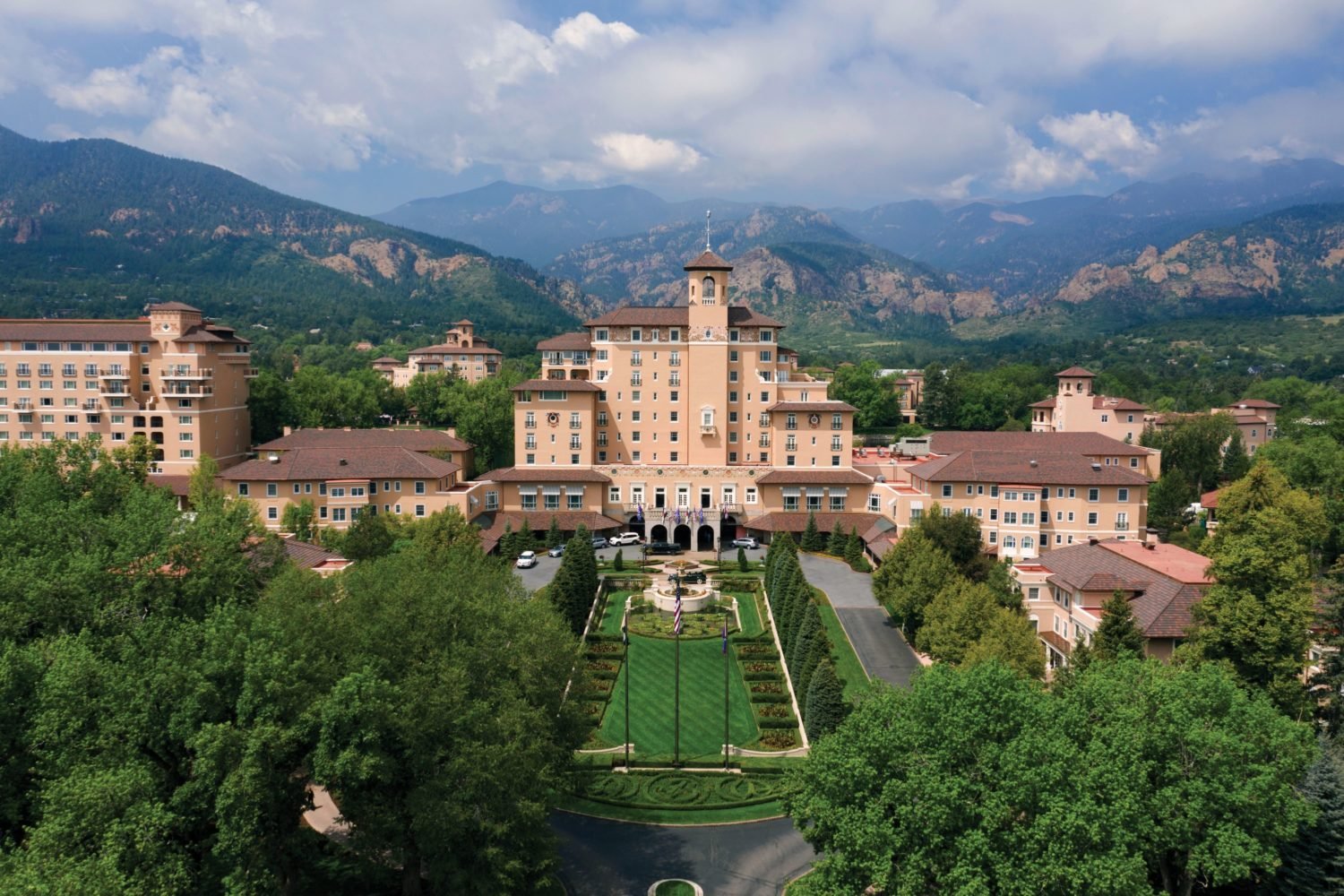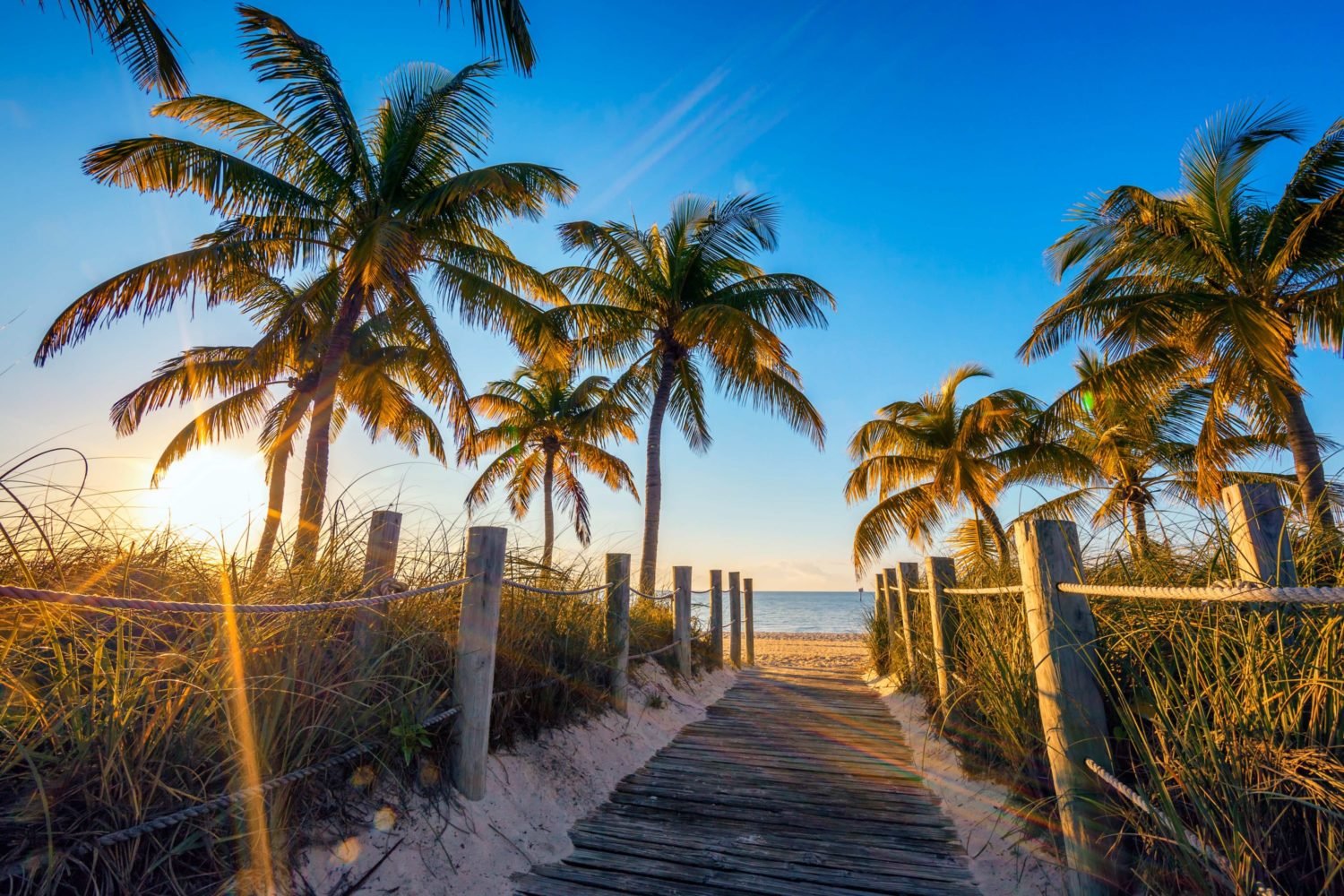With so many remnants of its glorious past, Rome may seem overwhelming. Sure, you could spend weeks walking ancient roads, worshiping at Renaissance shrines, or admiring Baroque palaces, but to call the Italian capital an open-air museum is to belie a city that’s synonymous with style. Whether hopping on a Vespa to buzz around, enjoying gelato in a piazza, or dropping some euros on a designer handbag, you’ll find that Rome’s history is matched by its modern glamour.
April is a good time to visit: Tables at trattorias spill into the street, the city opens its museums for free in honor of its birthday (April 21), and the Pope heads a procession around the Colosseum on Good Friday before leading thousands of pilgrims in prayer outside St. Peter’s on Easter. Plus, this year, another draw: a major Caravaggio exhibit at the Scuderie del Quirinale (scuderiequirinale.it) honors the 400th anniversary of the artist’s death.
Assuming your Roman holiday can’t last an eternity, here are some of our favorite things to see and do.
Seeing the Ancient City
The area just east of Capitoline Hill is the heart of the Roman Empire and home to three of the city’s most evocative treasures—conveniently within a walkable loop and accessible with a joint ticket (pierreci.it).
The Roman Forum is a labyrinth of awe-inspiring temples, tombs, palaces, and, yes, brothels dating from the fifth century bc. After ducking into the homes of vestal virgins and marveling at a maze of arches, climb the Palatine Hill for views of the Forum below. Don’t descend without walking through the courtyards, gardens, and fountains of the Imperial Palace. Threading the Arches of Titus and Constantine, you’ll arrive at Rome’s most popular attraction: the Colosseum. This amphitheater held more than 50,000 spectators, could be flooded to recreate sea battles, and saw the killing of a million animals and half a million people. For the best views of its interior, head to the second level by the museum. To avoid long lines at the Colosseum, purchase tickets at the Forum or Palatine Hill.
The Colosseum may be Rome’s most-trafficked building, but the Pantheon, built around 120 ad as a pagan temple, is its best preserved. Michelangelo was convinced it was the work of angels. More than a dozen columns soar to support a portico, shielding a pair of original bronze doors and revealing a 43-meter dome pierced by a 9-meter oculus, allowing sunlight to rotate around its interior. For the thinnest crowds, arrive when the building opens—though if you’re in town during the summer solstice, step inside at noon when the sunlight reaches the floor to bathe visitors in a heavenly experience.
Stamp your passport to the world’s smallest state, Vatican City, by following a sea of pilgrims toward the 284 columns and 140 statues of Piazza San Pietro. You’ll have time for plenty of Hail Marys as you stand in line to enter the world’s most famous church, the Basilica di San Pietro—a riot of marble, mosaics, and gold. Don’t miss Michelangelo’s Pietà on the right as you enter, and prepare for goose bumps as you descend into the Vatican Grottoes, containing the tombs of dozens of popes—including John Paul II and St. Peter. For a breathtaking city view, go to the top of Michelangelo’s dome.
Adjacent to the church are the Vatican Museums (vatican.va), one of the largest and richest collection of art in the world, with more than 1,400 rooms spread over four miles. While there isn’t much you’ll want to miss, the frescoes in the Raphael Rooms and Michelangelo’s depiction of the creation of mankind on the ceiling of the Sistine Chapel attract the largest crowds.
With miles of walking paths, a small zoo, and a lake where visitors can paddle rowboats, Villa Borghese is a leafy place to rest. The park highlight is indoors: Borghese Gallery (galleriaborghese.it.). Feast on works by Titian, Caravaggio, and Raphael before marveling at the museum’s crowning jewels: the statues David and Apollo and Daphne, whose marble contours appear to be sculpted into sensuous silk sheets by Bernini’s chisel.
Trying to work your way through throngs of tourists to reach the Trevi Fountain may seem hard. The key is to visit this splashing Baroque monument late at night—just as Marcello Mastroianni did in La Dolce Vita—when underwater spotlights make the pool appear tantalizingly green and the piazza is less busy. Just don’t splash around in the fountain, as Anita Ekberg did, or whistle-blowing carabinieri will fine you.
Get a crash course in Roman culture by taking a free tour of its most famous sites. The knowledgeable and entertaining guides at Rome Free Tour (romefreetour.com) offer daily walks through the city’s cobblestone core, working only for tips.
Great Places to Stay
For something extraordinary, book an apartment in the Landmark Trust’s Keats-Shelley Apartment (Piazza di Spagna 26; +44-1628-825925; landmarktrust.org.uk), the 17th-century building where poet John Keats died. The tiled floors and high-beamed ceilings of the third-floor space have been restored, and shuttered windows look out on the Spanish Steps. Rates from 387 euros, with a minimum three-night stay.
Designed by Salvatore Ferragamo of high-heel and handbag fame, Portrait Suites (Via Bocca di Leone 23; 39-06-6938-0742; portraitsuites.com) is in Rome’s most fashionable district, Via Condotti, and is perched above a Ferragamo store. Breakfast is delivered to your townhouse-style suite each morning, and the 14 suites and studios feature kitchenettes, cashmere blankets, and flat-screen TVs—though some also have access to a rooftop terrace overlooking the city, so you’ll want to venture outside. Rooms start at 320 euros.
Since the 15th century, when farmers bringing cattle to market are said to have slept here, Sole al Pantheon (Piazza della Rotonda 63; 39-06-678-0441; hotelsolealpantheon.com) has claimed to be Rome’s oldest hotel. Once-scruffy rooms and stables have evolved, with billowing drapes, Jacuzzi tubs, and views of the Pantheon. Starting in the spring, breakfast is served in a courtyard. Rates start at 126 euros.
Tastes of Rome
The funny thing about Rome is that for a city with so many coffeeshops, the caffeine never seems to kick in. Instead, the Romani have perfected the art of stylishly loitering, and their favorite haunts are cafes. If you make it to only one, spend an hour people-watching inside its most famous coffee mecca: Tazza d’Oro (Via degli Orfani 84; 39-06-678-9792; tazzadorocoffeeshop.com). In addition to espresso shots, this institution sells its freshly roasted coffee by the kilo. Locals recommend ordering your granita di caffè (sweetened, shaved, coffee-flavored ice) with panna (thick, hand-whipped cream).
You may need to find an ATM, or bancomat, before sitting down at La Pergola (Via Alberto Cadlolo 101; 39-06-35091; romecavalieri.com) inside the Cavalieri hotel, but Rome’s only three-Michelin-starred restaurant is worth it. Choose from 53,000 bottles of wine, admire the trompe l’oeil fresco on the ceiling, and take in views of the skyline while enjoying some of the finest pasta and seafood dishes you’re likely to eat in Italy.
Tucked between the Spanish Steps and Via Fontanella Borghese, Ristorante Matricianella (Via del Leone 4; 39-06-683-2100; matricianella.it) is as Roman as it gets: Loud locals and their extended families rub shoulders with English-speaking tourists, checkered cloths cover the tables, and the menu reads like an encyclopedia of local cuisine. Consider the piquant Roman specialty, bucatini all’amatriciana—a hollow spaghetti bathed in a spicy tomato sauce made with pancetta and pecorino.
Like the Trastevere neighborhood that holds it, Da Augusto (Piazza de’ Renzi 15; 39-06-580-3798) is a delightfully scruffy spot brimming with character. Handwritten menus change often, but the frequently offered house-made ravioli, fresh lamb, and strips of beef atop arugula are well worth the inevitable wait.
Rome is to gelato what Naples is to pizza. While it’s tough to go wrong at any gelateria, Giolitti (Via Uffici del Vicario 40; 39-06-699-1243; giolitti.it), which has stood near the Pantheon since 1900, is widely viewed as having Rome’s best ice cream. Michelle Obama took Sasha and Malia there during last year’s G8 summit.
Good Excuses to Shop
The designer shops along Via Condotti offer well-heeled shoppers more than enough distractions for a day. For a truly Italian experience, take a leisurely passeggiata (stroll) among Fendi, Armani, Gucci, Valentino, Dolce & Gabbana, and other high-end retailers.
Rome’s most famous flea market takes place in the Trastevere neighborhood. Stretching around the Porta Portese on Sundays from 7 am to 1 pm, thousands of merchants peddle anything from homemade art to handmade shoes.
Just north of Rome’s most attractive square, Piazza Navona, the pedestrian-only Via dei Coronari is the city’s best street to buy antiques. Whip out your Italian dictionary and haggle for oil paintings, sculptures, jewelry, and clocks, among other wares.
Lively Night Spots
Drawing both glitterati and wannabe scenesters, Gilda (Via Mario dè Fiori 97; 39-06-678-4838; gildabar.it) is one of Rome’s most famous nightclubs—and one of the few that stay open past 2 am. Despite the throbbing pop music, the club attracts a middle-aged crowd. Unless you’re an Italian VIP, you may not get in if you’re not wearing your finest suit or skimpiest dress.
Located in Rome’s most famous singles meeting point, Campo dè Fiori piazza, I Giganti della Notte (Campo dè Fiori 27; 39-06-687-4182) gets packed with young locals and foreign students looking to let loose. DJs perform regularly and spin rap, house, and rock.
For an elegant evening, sit under the white umbrellas at stylish Caffè della Pace (Via della Pace 3/7; 39-06-686-1216; caffedellapace.it). This Art Nouveau bar isn’t cheap, but the ivy-draped walls, al fresco drinking, and people-watching are worth the high prices.
For More Information
For those with some knowledge of Italian, Romac’è (romace.it) is the city’s best weekly listings publication. It also has a substantial English-languge section in the back and is available on newsstands for 1.50 euros.
In Rome Now (inromenow.com) provides a detailed listing of lodging, food, culture, nightlife, and shopping recommendations that goes beyond the guidebooks.
The American (theamericanmag.com) is a wonderful general-interest English-language online magazine produced in Rome that focuses on Italy’s culture, politics, and lifestyle.
Dream of Italy (dreamofitaly.com) is brimming with practical tips on shopping, dining, and sightseeing throughout Italy, and it features extensive—and regularly updated—information on Rome.

















